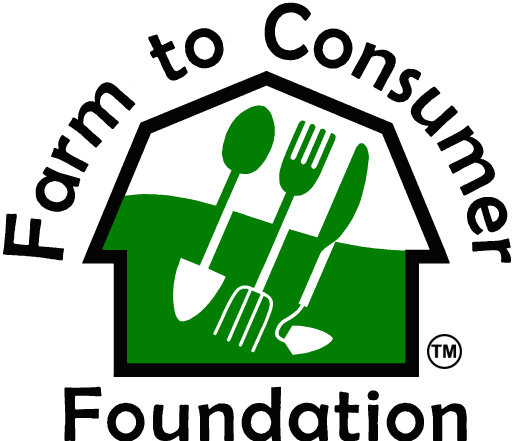Consumers make choices that influence food safety risks, and providing them with recommendations on specific practices that reduce these risks could complement or substitute for additional Federal regulations and be a cost-effective tool for reducing the incidence of foodborne illness, provided consumers follow the advice. To better understand current food safety behaviors of consumers, this report examines the food safety practices of at-home meal preparers in the United States by investigating two recommendations of Government health and safety officials, as well as the broader food safety community: avoiding the consumption of raw (unpasteurized) milk and cooking meat to a verified recommended temperature using a food thermometer.
Consumer Food Safety Practices: Raw Milk Consumption and Food Thermometer Use
by Autumn Ellis | Apr 24, 2019 | Farm-to-Consumer Foundation News | 0 comments
